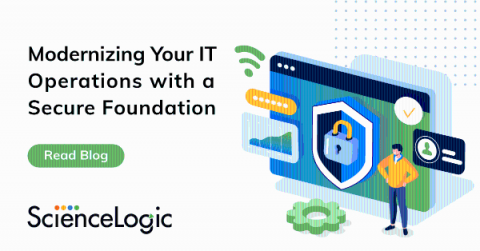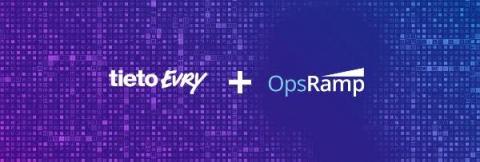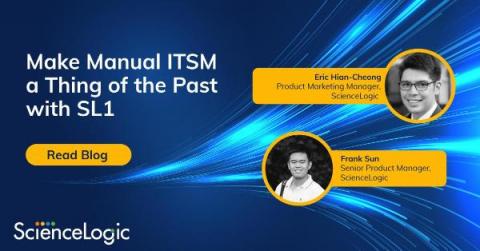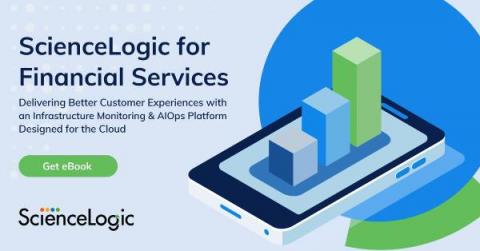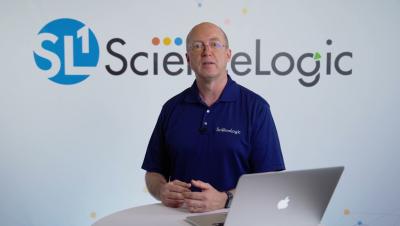The Urgency Driving AIOps into Your Enterprise
AIOps was once considered just a back-office fundamental, a solid suite of tools simplifying routine security and network monitoring tasks that primarily served the IT shop. The accelerated pace of digital transformation is changing that. Now, IT service and operations teams are in the spotlight and tasked with enabling business performance that help their companies provide seamless digital experiences and evolve in a fast-changing economic environment.



